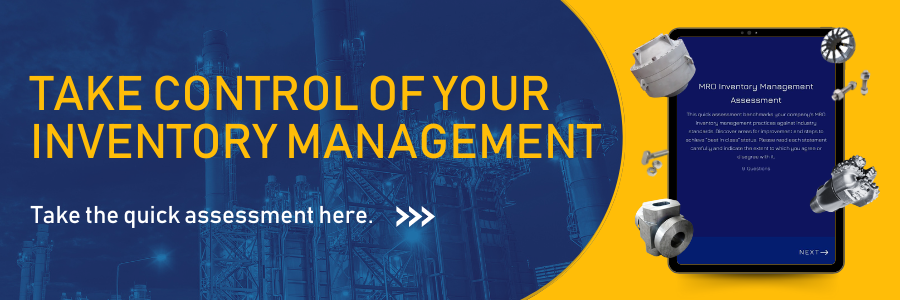Inventory Criticality – What Are Your Critical Spares?
Inventory Criticality?
“It was early Saturday morning, when Joe got the call from the rig telling him the upper annular had failed a pressure test and that they would need to disassemble it to see what the problem was.
This is all too often of a story offshore, someone thinks they have the critical spare in inventory but upon further inspection and investigation it is found that it is either inaccurate or has already been used and not recorded correctly in the Inventory System. These critical spares are crucial to ensure there is no downtime onboard the rig and thus ensuring the Client stays happy.
How do you know if you have the right critical spares tagged in the Inventory System and that they are available when you need them? Most critical items have either been flagged from experience or through recommendations from the OEM (Original Equipment Manufacturer). By setting up criticality codes and business rules, one can insure that all spares are properly tagged in the system. This exercise usually requires collaboration between the Maintenance and Supply Chain to ensure all aspects of the Business are taken into account. Once these have been tagged in the system, the next step is ensuring they are properly managed and maintained in the Inventory System so that they are available to use when ready.
- Application – where is it used and fitted – is the equipment considered critical but perhaps not all the items linked to the asset aren’t?
- Commodity Classifications
- Practical “real world” considerations or “workarounds” – is there something that can be used instead of the actual part itself or perhaps a justified risk assessed approach with approved temporary change.
- Supplier or Original Equipment Manufacturer – as often is the case an OEM will take typical part and give it a specific part number but usually is supplied from another vendor. Also the lead-time for a particular part might be quite long.
- Price – How expensive is the stock item? Can I keep one for multiple facilities (rigs, sites, etc.)
- Other factors and Business Rules – Processes and policies which are specific to your organization that need to be considered. For example certain stock items might be required by a Regulator (BSEE, NOPSEMA) in a specific region.
Inventory Management Solutions
Asset Management Solutions
Distribution Management Solutions




